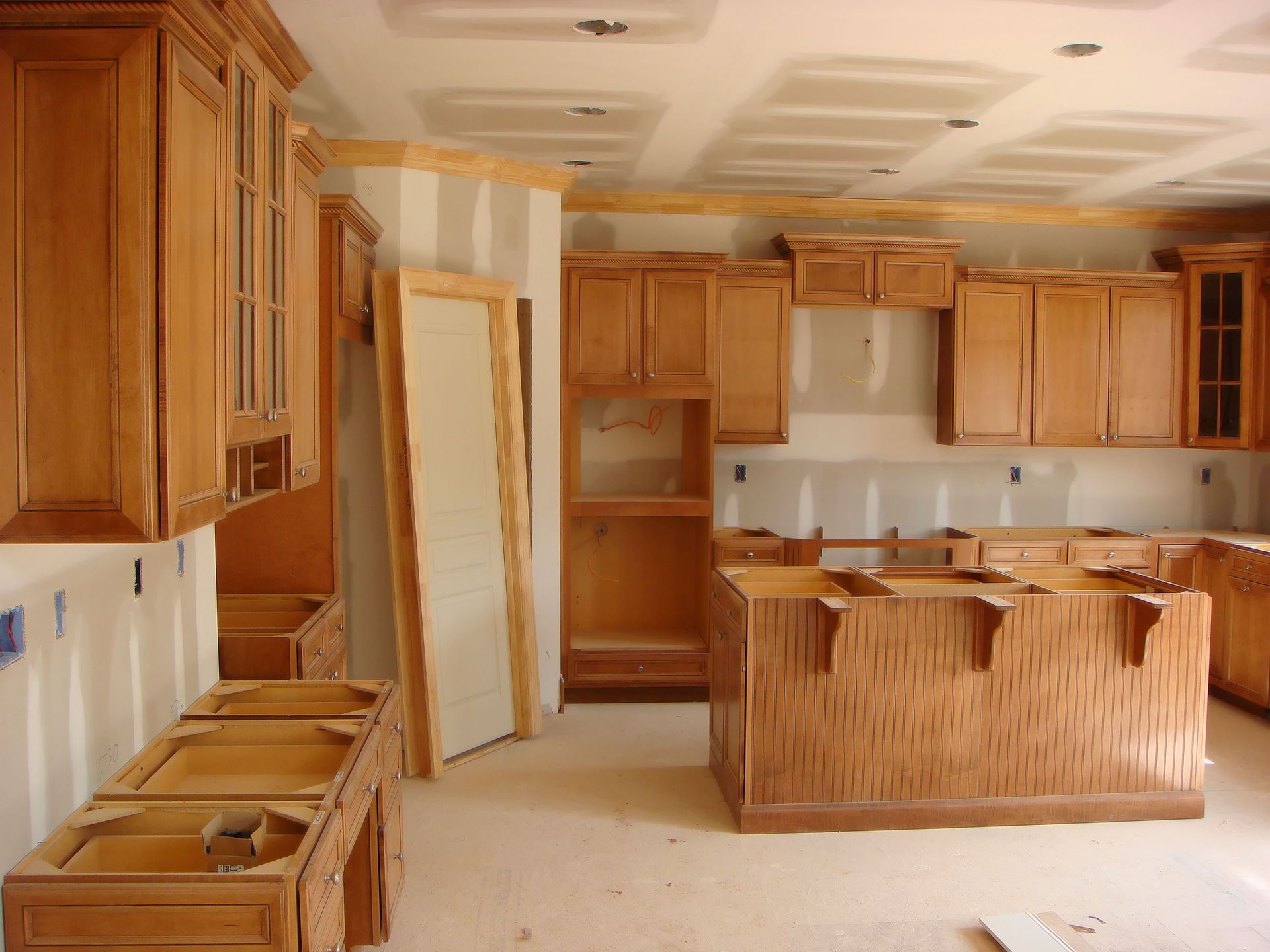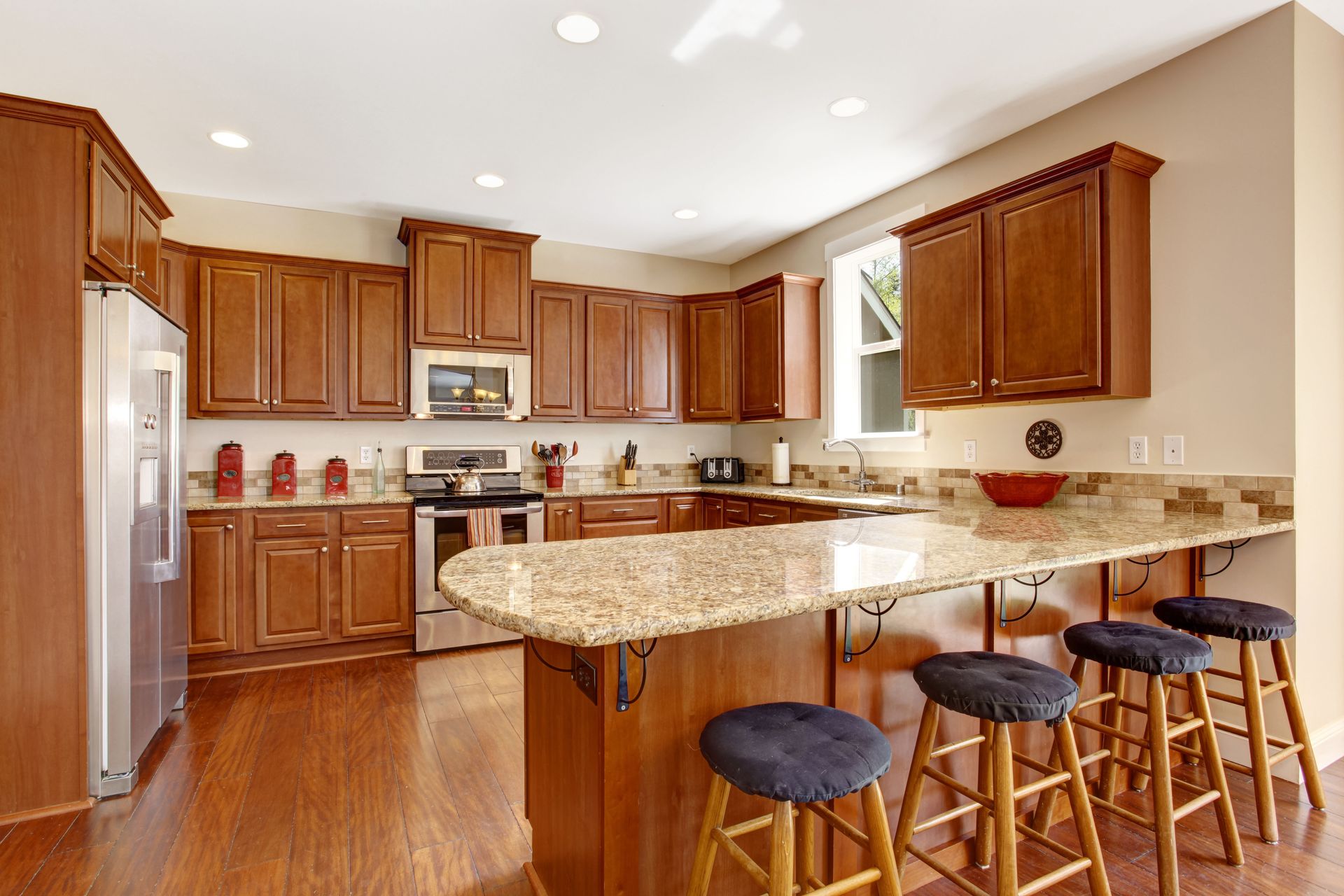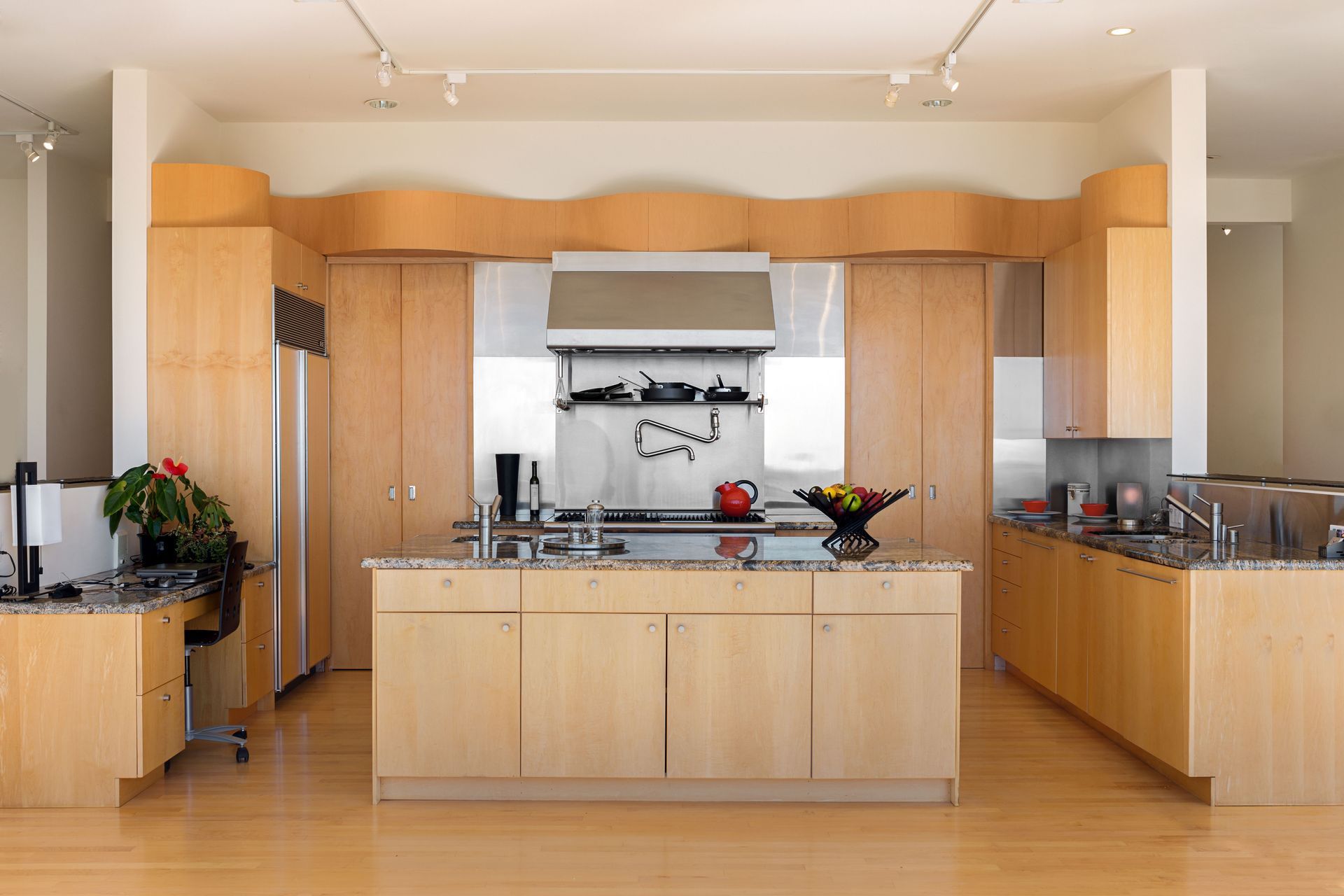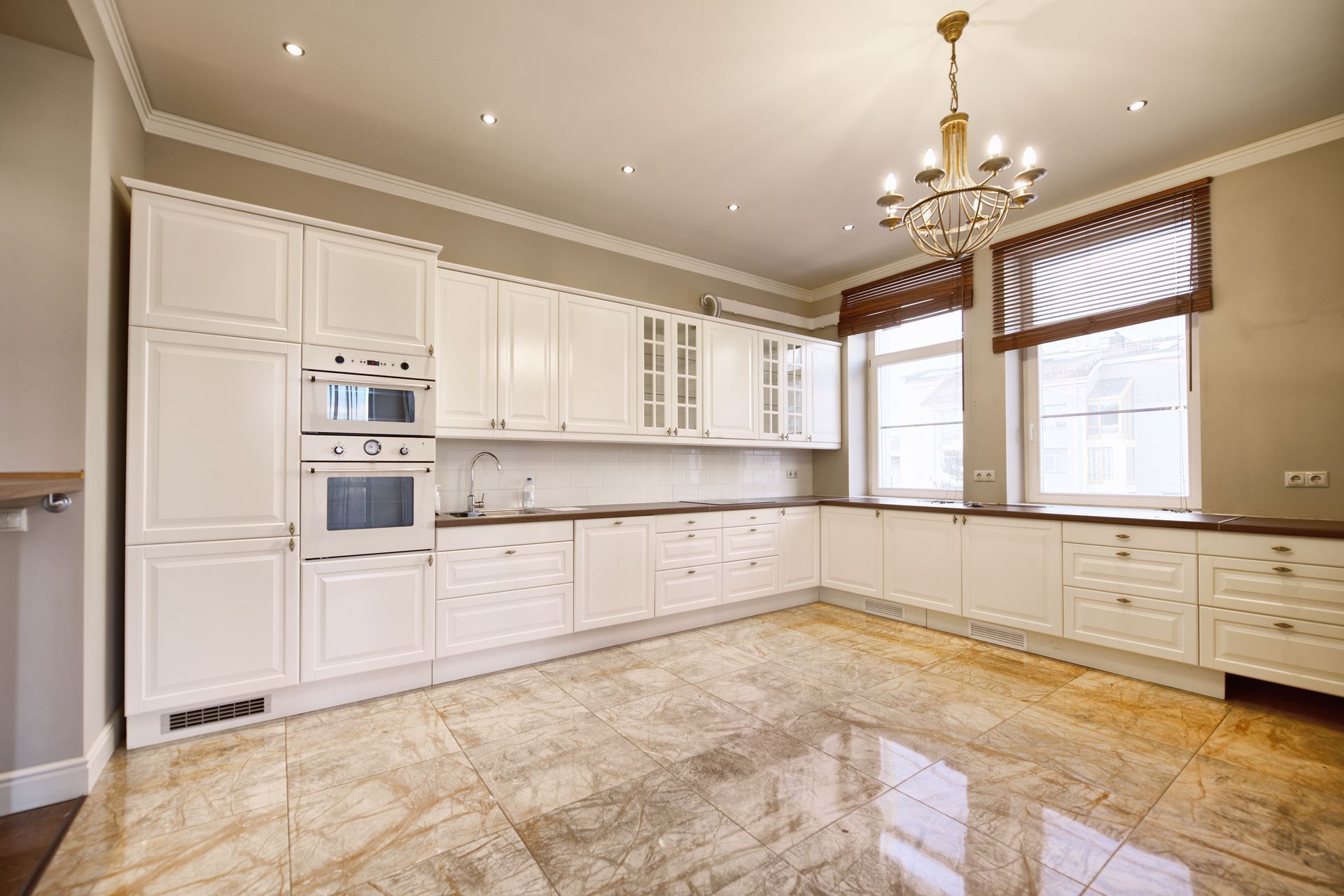October 28, 2025
Choosing the right professionals to transform your kitchen is no small task. The kitchen is often called the heart of the home, and cabinetry plays a central role in shaping both its functionality and style. Renovating this space requires careful consideration of materials, expertise, and execution. According to Forbes, 64% of homeowners renovate within the kitchen’s original square footage, which makes every measurement, finish, and storage decision count even more. Partnering with a reliable kitchen cabinet company ensures your investment elevates both aesthetics and performance without disrupting the footprint you already live with.
1. How Many Years of Experience Does the Company Have?
Longevity often signals dependable craftsmanship and operational discipline. A kitchen cabinet company that has thrived for decades has weathered shifting design trends, material innovations, and economic cycles—usually by developing consistent quality standards and process controls that benefit clients. While newer firms can bring fresh energy, tenure speaks to repeatable excellence under real-world pressure.
Review the range of work across those years—traditional, transitional, and contemporary—to see how their approach adapts to different styles and constraints. If most of their portfolio is commercial, verify they have true residential chops, from tight site logistics to finish-level detailing around appliances and trim. A clear history of like-for-like projects reduces risk and helps you anticipate realistic outcomes and timelines.
2. What Custom Design Capabilities Are Available?
Thoughtful customization is often the difference between a pretty kitchen and a high-functioning one. A kitchen cabinet company skilled in tailored storage, specialized inserts, and non-standard dimensions can solve tough layout puzzles inside a fixed footprint. That matters when you’re optimizing corners, integrating tall pantries, or aligning sightlines with windows and islands.
Ask how the team handles atypical requests—appliance panels, integrated lighting channels, specialty hardware, and concealed charging. Review drawings from previous builds showing section views, clearances, and hinge swing to ensure ideas translate to precise joinery. A firm that embraces complexity with calm, clear documentation is more likely to deliver seamless fit and finish on installation day.
3. What Do Client Testimonials and Reviews Reveal?
Past clients are your best proxy for day-to-day experience. Scan reviews for consistent notes about schedule reliability, dust control, problem solving, and punch-list responsiveness. A kitchen cabinet company that earns repeat mentions for communication and detail management tends to run a tighter site and produce cleaner results.
Read how they handle imperfect feedback. Professional, solution-oriented replies show maturity and accountability without making excuses. When you see patterns—like praise for precise mitered corners, durable finish quality, or smooth coordination with countertop and appliance vendors—you gain confidence that your project will benefit from the same strengths. Asking about testimonials not only highlights quality but also uncovers how well the company values relationships with its clients.
4. What Materials and Finishes Are Offered?
Cabinet performance begins with the core: hardwood species, engineered cores, and joinery methods. A kitchen cabinet company should explain why they prefer specific substrates for stability, how they manage moisture exposure at sink bases, and which hardware lines they trust for long-term alignment. Look for clarity on grading, kiln-drying standards, and veneer matching if you’re pursuing a continuous wood grain.
Finishes determine both the visual character and the daily lived experience. Discuss stain systems, catalyzed paints, and topcoats, along with expectations for sheen, touch, and cleanability. Ask for finish samples produced on the same species and substrate you’re ordering, not generic chips. The best providers will walk you through how light, texture, and edge profiles interact so your selections feel cohesive in real lighting conditions. Exploring these options also helps you avoid mismatches and ensures that what you approve on paper translates beautifully into your kitchen.
5. How Does the Design Process Work?
A disciplined design path reduces surprises and rework. A kitchen cabinet company should begin with a thorough brief—dimensions, appliance specs, usage patterns, and storage priorities—before pushing pixels. Expect measured site verification, not just plan takeoffs, especially in older homes where walls and floors may be out of square. Good inputs produce accurate shop drawings and fewer field adjustments.
Ask to see typical deliverables: annotated elevations, section details, and callouts for clearances and reveals. If 3D modeling is provided, ensure it reflects buildable joinery, not just pretty renders. Confirm how many rounds of revisions are included and when approvals lock so procurement can move without delay. Clear gates keep momentum high and decisions crisp. Getting this clarity up front prevents misalignment later and keeps your project running on schedule.
6. What Pricing Details Should Be Clarified?
Transparency is paramount with luxury work. A kitchen cabinet company should present a line-item estimate that isolates cabinetry boxes, doors and drawer fronts, hardware, finish system, interior accessories, delivery, and installation. Clarify what is excluded so there are no assumptions hiding in the margins.
Confirm any payment methods, deposit structure, progress billing tied to approval milestones, and the final balance due upon substantial completion. Insist on a documented change-order process with pricing and schedule impacts in writing. When the math is explicit, you control scope, cost, and timeline with confidence. These details give you full ownership of the budget and avoid unwelcome surprises later in the project.
7. How Is the Installation Process Managed?
Premium fabrication deserves premium installation. A
kitchen cabinet company should outline site protection protocols (floor coverings, dust containment, and daily cleanup), the sequence of set-in-place, leveling, scribing, and fastening, and how they coordinate with countertop templating and appliance placement. Ask who leads the crew and how daily progress is communicated.
Great installers anticipate the micro-moves that make a kitchen feel impeccably aligned—consistent reveals, true plumb on tall runs, tight returns at walls, and undetectable filler integration. Confirm the tools and jigs they use for accuracy and how they address field irregularities without compromising the design intent. Precision in these last inches is where a luxury kitchen earns its reputation. By clarifying installation practices, you ensure the same standard of quality carries from the shop floor to your home.
8. What Documentation and Final Walkthrough Are Provided?
Before you close out, expect a clear handoff. Your team should provide approved shop drawings as-built, a hardware schedule, finish specifications, and care guidelines so you understand how to clean and protect surfaces day to day. This package becomes your reference library for any future coordination with countertop, backsplash, or lighting updates.
Request a methodical walkthrough that confirms door and drawer alignment, smooth soft-close action, consistent gaps, and stable anchoring. Note any touch-ups or minor adjustments on a concise punch list and set a short, defined window for completion. A disciplined finish leaves your space photo-ready and eliminates lingering loose ends. This final question ensures you leave the process with both confidence and documentation that proves the work was done right.
Renovating your kitchen is one of the most rewarding ways to elevate daily living—especially when every inch has to work within your existing footprint. Asking focused questions about experience, customization, materials, design workflow, pricing clarity, installation discipline, and closeout documentation helps you select a partner who delivers on the details that matter. At Bear River Cabinetry, we’ve been family-owned since 1998, serving the Intermountain West region with luxury residential and commercial cabinets made of high-end materials. We do meticulous design, exacting builds, and precise installation, with free estimates to start. Contact us today to bring your vision to life with craftsmanship that speaks for itself.






